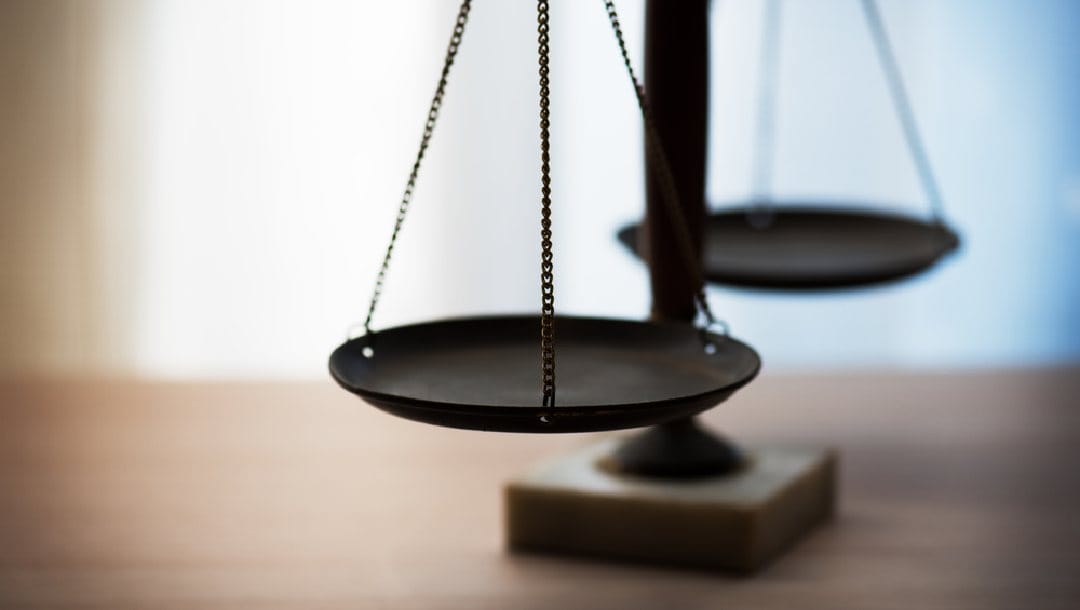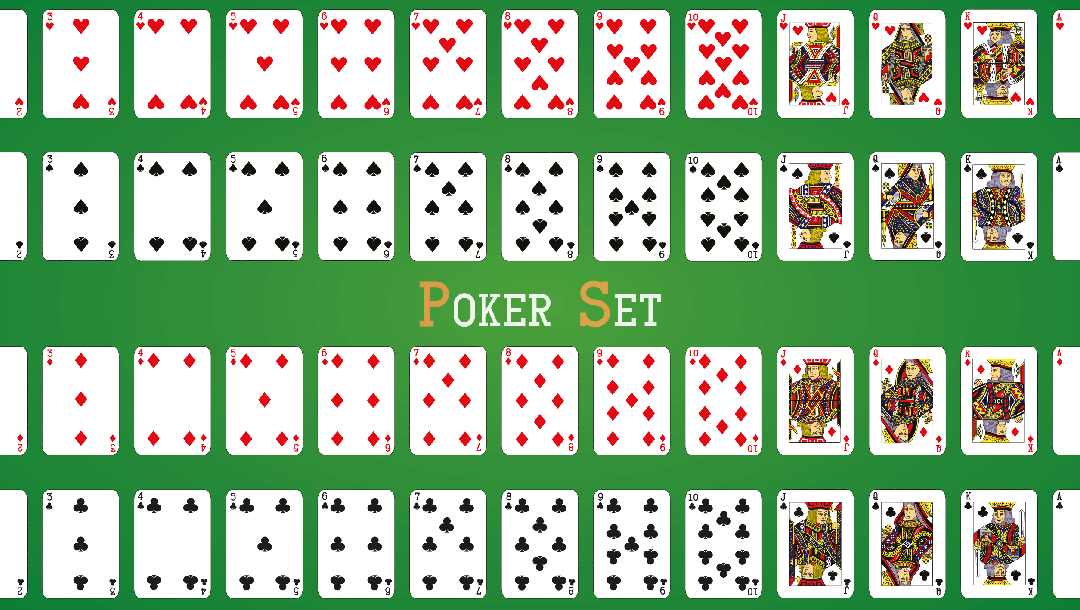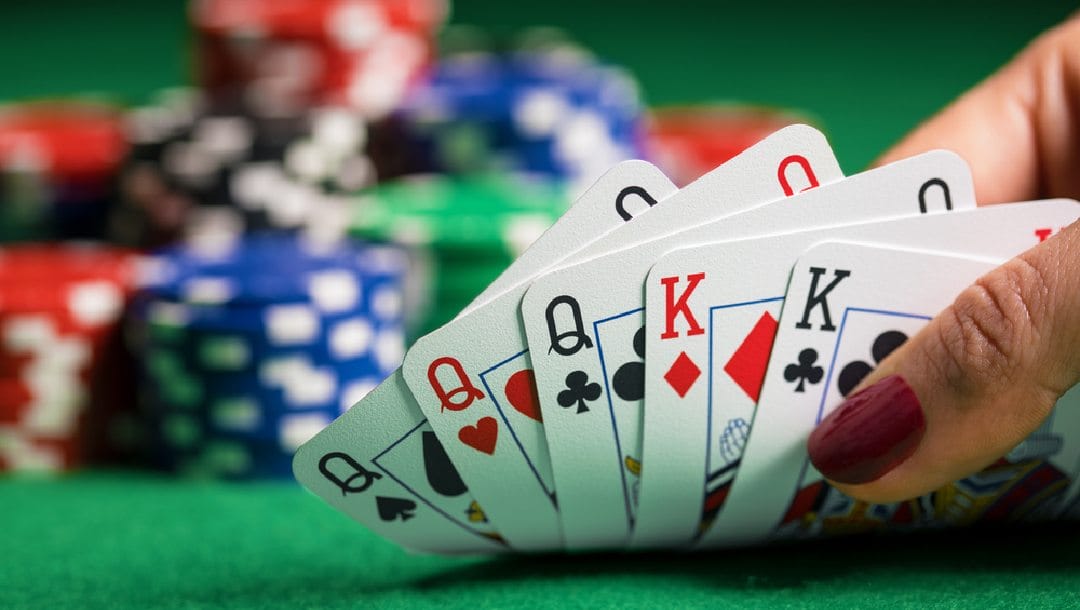Level up your poker game by balancing your range. Learn about range balancing in poker, why it’s important, how to do it and how to maintain it.
Range Balancing: How To Balance Your Poker Hand Range

Sometimes the strategies you employ in your poker game just don’t work anymore. In your Golden Era you joined a local poker club or online poker site and went on to win a couple of poker tournaments. Then, the regular players caught up. They figured out your strategies and now your best plays are not winning anymore. If you find yourself in this situation, then you’re playing against fairly good players. You should do something about it. There could be many things at play that impact your game, but at this point, it would be useful to think about balancing your poker hand range.
What Is Balancing Ranges in Poker?
Range balancing is when you make and play your hand in a way that optimizes a mixture of strong and weak hands. If you have a well-balanced hand range, your opponents will find it difficult to accurately predict the strength of your hand and to make the right decisions. This is always ideal.
If you always play the same cards in the same position and in the same way, then sooner or later your opponents will figure out what you’re up to. They’ll fold when you bet or raise with your strong hands or call your bluff most of the time. You’ll get to win a couple of poker hands, sure, but your game is unlikely to improve. Basically, you’re an easy-to-read player; other players at the table will exploit this. Even if you play with a wide range of hands that change your position at the table, there are still several factors you should be taking into account with every hand you play. These include the type of players you’re up against, their poker ranges, everyone’s effective stack sizes, bet sizes and game dynamics up to that point. At the end of the day, though, it basically comes down to two things: your hands and the way you play them.
How To Balance Your Poker Ranges

When you get to this point in your poker journey, where you know all the basic strategies, you have preflop play strategies worked into your DNA and you’ve learned how to deal with unpredictable players, then you’ve entered the arena of the poker regulars, the better players.
It might seem ironic that having a balanced poker hand range just means coming across to your opponents as wild, an unbalanced player — but being difficult to pin down is exactly where the strength of any poker player lies. The weak to average players will just assume that you’re a wild one and might only tighten up their poker ranges and focus on the top 10% of hands in the poker range chart against you. But the better players will know what game you’re playing and that it’s probably better than theirs.
As always, your position in the game is key to your play. Your range will be narrower in early position, widening as you move closer to the button. This is a fairly easy strategy to incorporate and a good baseline play to go with. But it’s also very easy to spot. You might fold a marginal hand like queen-9 offsuit under the gun (the seat after the big blind,) but if you’re on the button, this is a pretty good hand for its strong drawing equity and bluff potential.
Add a bit of depth to this play in position by raising with a weaker hand than you would usually do. Mix in some suited connectors like 9-8 suited so that your opponents won’t automatically assume you only raise with premium hands.
Factor in game dynamics such as the type of players you’re up against, stack sizes and also previous hands played. If you’ve recently been caught bluffing, your opponents will be more likely to call your bets. Balance your range by incorporating more value cards into your betting range, capitalizing on their willingness to call.
How Not To Do It

It’ll be useful for your game to get a proper grip on how to bluff in poker. But over-bluffing can happen to anyone. You bluff a couple of times and come out the other side stronger and with a bigger stack. If you find yourself feeling good about it, that’s great. But should you bluff again? No. Over-bluffing is a real thing, so stay aware at all times and balance out your bluffs with good-value hands that have some potential.
Keep playing the same hands in the same way in any position? If you want to lose a lot of games, yes. For example, always raising with any ace, while, depending on your position, you should check or even be folding.
Also, ignoring the tendencies of your opponents will land you in deep trouble with a shallow — or if you’re really unlucky, no stack. Going all in with your jack pair in middle position against a substantial raise from a fairly solid player under the gun is probably not a good idea. Even a hand like ace-5 suited has better equity than your pocket pair. Pay attention to the type of player you’re up against and adjust your range.
Maintain a Well-Balanced Range
As with many poker tips, maintaining a healthy, well-balanced range requires you to study your hand histories in order to identify imbalances. Spot the patterns and make adjustments if needed. If you have access to tracking software, you could collect data on your opponents, find their leaks and adjust your game accordingly. It’s always a good idea to join a poker community and get feedback on your game. This way, you can learn about your blind spots.
Broaden Your Range of Poker Possibilities at BetMGM
Range balancing is a fundamental concept in poker. By constructing and playing a well-balanced range, you make it difficult for opponents to exploit your tendencies, allowing you to maximize your profits and minimize potential losses. Register at BetMGM and put into practice what you’ve learned. Get access to any type of poker game you prefer, including Omaha and Texas Hold’em online and join in cash games, sit-and-goes as well as poker tournaments.


